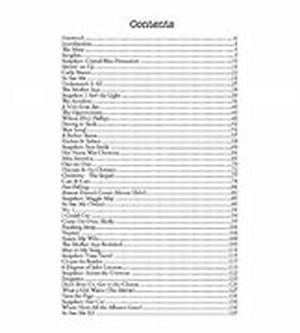
NylonThe Fiber Nylon Was Introduced First By The DuPontChemical Company In 1938. Several Years Later, Aftera Great Deal Of Development, Nylon Became The Firstsynthetic Fiber To Be Used In The Entire Carpetingindustry.The First 3 Generations Of Fiber Experienced Manyproblems With The Worst Being Staining. The 4thgeneration Fiber Of Nylon Had A Mill Applied Coatingthat Solved A Majority Of The Staining Problems. Theability Of The Fiber To Repel Water And Oil Basedspills As Well As Soil Helped To Propel Nylon Intothe Top Selling Carpet Fibers Out There.After Several Other Changes, The DuPont Companyintroduced The Fifth Generation Nylon Fiber. Thisstain Resistant Fiber Would Repel Most Dye Stainsif Treated In A Reasonable Time. This Fiber Ismore Accurately Called An Acid Dye Blocker In Thatit Doesn't Allow Acid Dyes To Penetrate And Stainthe Fiber. The Protective Coating Mill Is Applied And Fills Thedye Sites With Anionic Molecules. TipAn Easy Way To Test Fiber For The Presence Of A Fluorochemical Is To Cut A Couple Of Fibers From A Non Traffic Area And Apply A Few Drops Of Oil Andwater Mixture. If It Beads Up, Then There Is Anactive Fluorochemical Present.Whenever Testing For The Presence Of The Acid Dyeblocker, You Should Again Cut A Couple Of Fibersfrom A Non Traffic Area, Then Immerse The Fibersin A Red Kool-aid Mixture And Wait For 5 Minutesor So. Remove The Fiber From The Liquid Andflush With Neutral Detergent Solution. If Theacid Blockers Are Present And Active, There Will Be No Discoloration.PolyesterThe Fiber Of Polyester Was First Introduced Intothe Garment Industry Around In The 1950s. By Thelate 1960s, Polyester Was Introduced Into Thecarpet Industry As A Face Yarn. In Hand, Feel,and Appearance It Is Similar To Nylon, Althoughit Doesn't Possess That Same Resiliency. Polyester Doesn't Absorb Water Based Spills, Isn'taffected By Urine Or Kool-aid, But It Will Absorb Oil Based Spills. Polyester Is Non Allergenicand Mildew Resistant. AcrylicmodacrylicBoth Of These Fibers Were First Used As Carpet Yarns Around The Late 1940s. They Disappeared Around 1988 Due To The Competition From Other Fibers.In Was Reintroduced To The Market Around 1990 In Berber Styling. This Was Done So That People Could Take Advantageof The Wool Like Appearance, Hand Feel, And The Fact That Its More Spot Resistant, Much Easier Toclean, And Not Damaged In The Ways That Wool Is.OlefinOlefin Is The Latest Of The Synthetic Fibers Tobe Adopted To Carpets. Once Only Available In Continous Filament, It Is Now Produced In Stapleform As Well. Olefin Has A Wide Variety Of Usesthat Include Primary And Secondary Backing Of Tufted Carpets, Warp Yarns, And Other Uses As Well.PPPPP(word Count 473)





